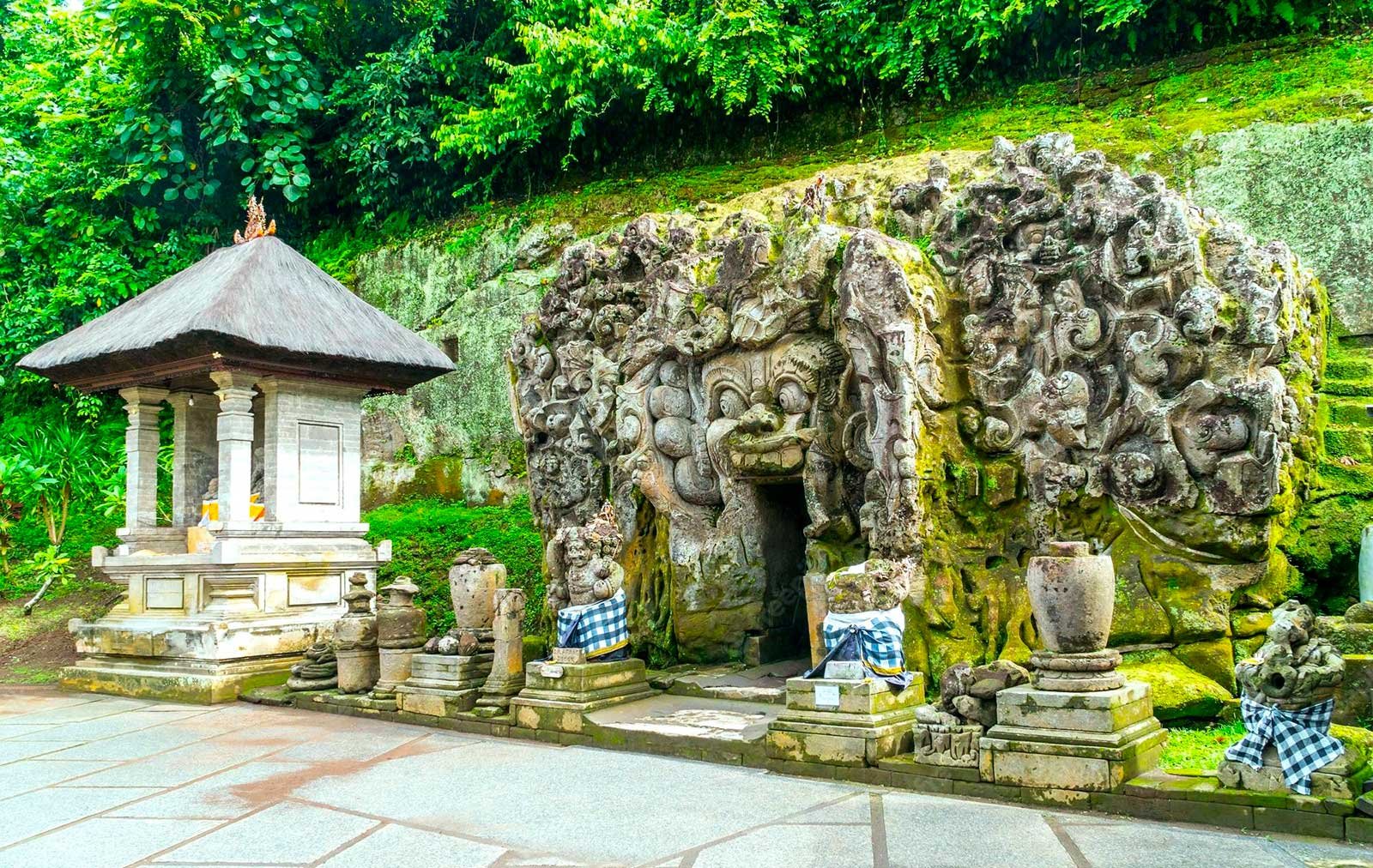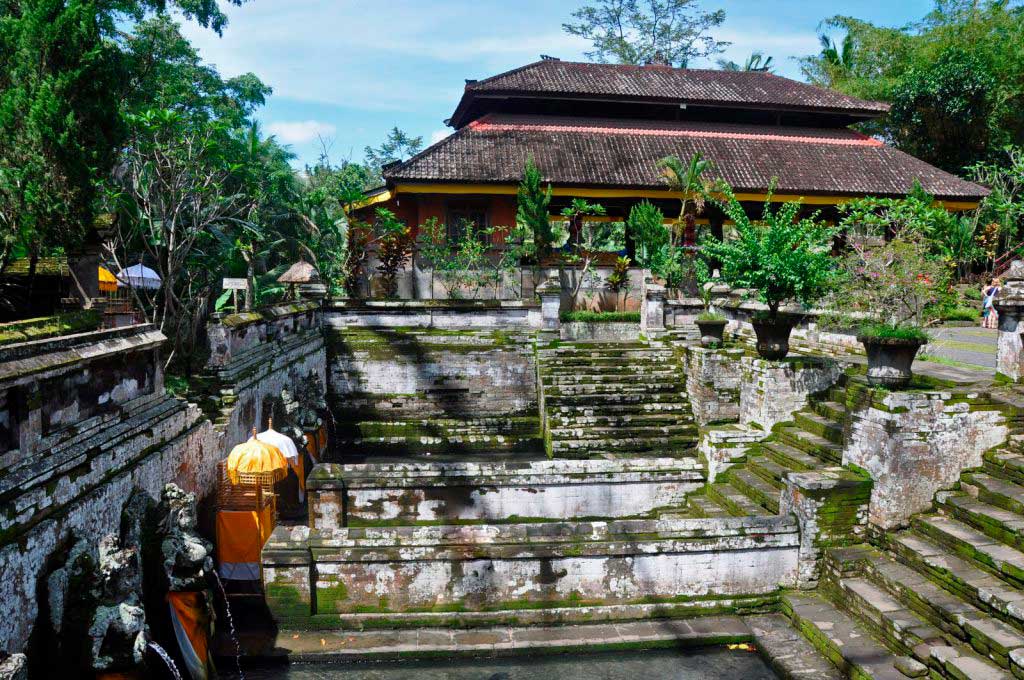Gianyar Regency is known as an art area. In addition to art, Gianyar also has several tourist attractions that you can visit when on vacation in Bali, one of which is Goa Gajah. This tourist destination is a cave with full carved ornaments and is estimated to have existed since the 11th century AD. Goa Gajah also has a history and uniqueness which is a place where two religions coexist, namely Hinduism and Buddhism.
History of Goa Gajah Temple
Goa Gajah is a Hindu and Buddhist relic that was first discovered by the Dutch East Indies government official, L.C. Heyting in 1923. In his report, he mentioned that there was a cave with an outer wall full of carved ornaments so it was named Goa Gajah.
Based on research, Goa Gajah is estimated to have existed since the 11th century which is supported by information on the Badung Inscription dated 1071 AD. The information contained in this inscription is antakunjarapadda (Kunjara means elephant) as a place of worship for Hindus and Buddhists. This belief occurred during the Warmadewa Dynasty which led from the 10th to 14th centuries AD.
The existence of Goa Gajah is estimated to be the center of activity for two religions, namely Hindu Shiva and Buddhism because during that time priests and monks lived side by side. The depth of Goa Gajah is believed to be 9 meters with the end of the corridor split to the left and right sides forming the letter T.
Location and Distance
The Goa Gajah tourist destination is located in Banjar Gua, Bedulu Village, Blahbatuh District. Visitors will travel in 1 hour 4 minutes if departing from the center of Denpasar City.
Operating Hours
This tourist destination in Gianyar is open every day from 08.00 to 18.00 WITA. Visitors can come and see the beauty offered by Goa Gajah, from carved ornaments to writing.
Ticket Price
To be able to enter the Goa Gajah tourist destination, visitors need to pay a ticket at a fairly affordable price. Here are the details of the ticket prices charged to each visitor:
Domestic adults: IDR 30,000/person
Domestic children: IDR 15,000/person
Foreign adults: IDR 50,000/person
Foreign children: IDR 25,000/person
In addition to paying the entrance ticket, visitors who bring private vehicles will also be charged a parking fee of IDR 2,000 for motorbikes and IDR 5,000 for cars.
Attractions
Goa Gajah has several attractions, namely:
- There are two worship complexes that symbolize two religions (Hinduism and Buddhism) and are located side by side
- There is a stone carving in the form of a giant face with eyes glancing to the right, a large nose, and a gaping mouth at the mouth of the cave. Leaf motifs, giants, pigs, and monkeys decorate the giant face carvings
- There are two lines of writing on the east side of the cave that read “Kumon” and “Sahy(w)angsa” in ancient Kandiri Kwadrat script
- There are six female statues that are now a bathing pool in front of the cave mouth
- There are seven niches on the north side of the corridor and directly facing the cave mouth.
- There are statues of Ganesha, Trilingga, and Ardachandrakapala, and fragments of the statue of Lord Shiva
The uniqueness of Goa Gajah
The Goa Gajah tourist attraction is loved by tourists because it offers a lot of uniqueness. Then what are the uniqueness contained in this tourist attraction?
- The entrance through the mouth of the cave is only enough for 1 person.
- Outside the entrance there is a carving and 2 guardian statues.
- The inside of the cave is shaped like the letter T, about 2 meters high and 2 meters wide.
- On the left and right of the aisle there are also alcoves which may have been a hermitage inancient times. But now tourists can sit or lie there.
- At the west end of the hall there is a statue of Ganesha and at the east end of the hall there are 3 phallus.
- Apart from that, around the cave area, there is also a petirtaan statue with seven statues of widyadara-widyadari holding holy water.
- There are seven statues in total, which are symbols of the seven rivers in India, the birthplace of Hinduism and Buddhism.




Comment (0)